On March 10, Xi Jinping was re-elected for an unprecedented third term as president of China, solidifying his control over the Chinese Communist Party (CCP) for another five years. While the election in China was performative, the message was heard loud and clear in Washington; China is not backing down and, under Xi, will continue to pursue its interests on the international stage. Xi’s re-election also confirms the worst of U.S. policymakers’ fears: the potential Chinese invasion of Taiwan. It is becoming more urgent for the United States to fortify its position in the Indo-Pacific, and this requires the cooperation of its largest partner: India.
In recent years, India has become more problematic for the United States. A member of both the Quadrilateral Security Dialogue, or “Quad” (made up of Australia, India, Japan, and the United States) and BRICS (Brazil, Russia, India, China, and South Africa), India has always carefully remained ambiguous with its loyalties. This ambiguity has further intensified under Indian Prime Minister Narendra Modi, whose contradictory decision-making has American leadership bewildered. India is quick to express concern over Russia’s intensifying reliance on China, yet continues to import cheap Russian gas and new weapons systems. Even more bizarre is India’s relationship with China, which it regards as “both an urgent threat and a necessary partner.” Amid violent border disputes and increased fortification efforts, Modi seeks to improved bilateral trade and diplomatic relations with Xi. To many U.S. policymakers, the only clear signal they are receiving is that Modi places great importance on India’s self-determination, attempting to advance its role as a third great power.
While India remains the world’s largest democracy, many in India and the West have expressed concern that Modi is consolidating individual power and undermining their democratic institutions. Following a BBC documentary suggesting links between Modi and Hindu extremists, India banned the documentary and severely cracked down on press freedom. Modi’s Bharatiya Janata Party (BJP) has capitalized on Hindu nationalism, causing many of India’s minority groups to be concerned with where they fit in Modi’s “new India.” Modi’s international and domestic policies will likely give pause to U.S. policymakers, even as it becomes crucial for India’s assistance in a potential conflict with China.
Questions and Background
- What is India’s grand strategy?
- What inferences can U.S. policymakers draw from Modi’s decision-making?
- How can the United States balance its support for India’s democracy with its need to cooperate with the Indian government on key policy issues?
- How should the U.S. respond to lessen Russian and Chinese influence in India?
Trouble at the Roof of the World
Lisa Curtis and Derek Grossman. Foreign Affairs. February 15, 2023.
What to Watch in 2023: India’s Pivotal Year on the Global Stage
Daniel Markey et al. United States Institute of Peace. February 8, 2023.
The Cult of Modi
Ramachandra Guha. Foreign Policy. November 4, 2022.

